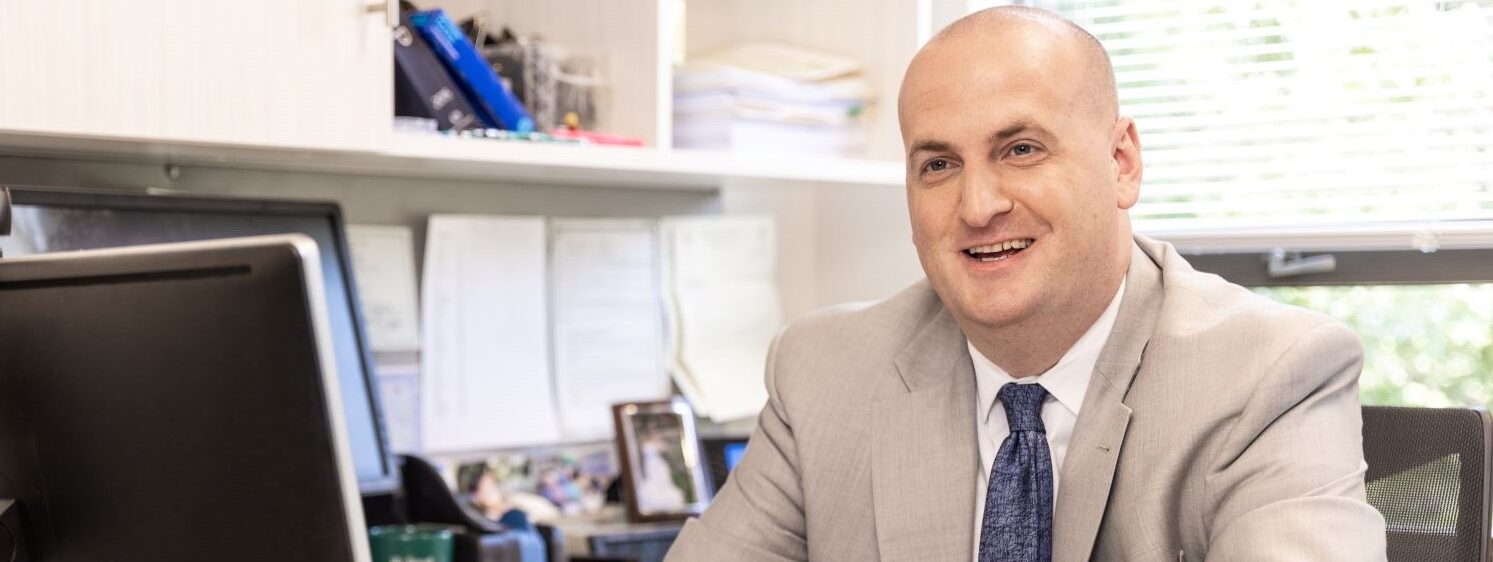Renner Business News; April 27, 2020—Joan M. Renner, CPA, CGMA
A new COVID-19 relief package is expected to provide $310 billion additional Paycheck Protection Program (PPP) funding very soon to help small businesses and charities amid the COVID-19 crisis.
Organizations can use PPP loans to pay rent, payroll, utilities and existing mortgage interest. After eight weeks, they can request loan forgiveness.
Initial funding, provided by the CARES Act, ran out within 14 days, leaving many applicants out in the cold, including many self-employed individuals.
Initially, when small businesses and charities worked through their PPP loan applications, they found that they could not count their independent contractors as eligible payroll. Independent contractors would have to apply for their own PPP loans as self-employed individuals. Details were not as clear on how the self-employed should apply and on what basis their loans could later be forgiven.
Recently, the SBA issued a new interim final rule providing additional guidance to help self-employed individuals apply for the Paycheck Protection Program and understand the basis for loan forgiveness.
Self-employed individuals can obtain PPP funding based on their 2019 net income and use it for income replacement, employee payroll costs, rent, business mortgage interest and utilities.
Many applicants worry that that the $310 billion of new PPP funding may go as fast as the first round did. However, the new relief package sets aside $60 billion for lending by community banks, often the institutions working most closely with small organizations.
Now is a good time to review the PPP rules for the self-employed.
Self-employed individuals include:
- Sole proprietors who operate their own business
- Independent contractors who provide services to businesses and nonprofits and receive a Form 1099 instead of a W-2
- Businesses operating as single-owner LLCs
As a self-employed individual, you are eligible for a PPP loan if you —
- Were in business on Feb. 15, 2020,
- Had self-employment income for 2019,
- Resided principally in the United States, and
- Filed (or will file) Schedule C of Form 1040 for 2019.
As a self-employed individual, you calculate your loan amount as follows:
- Get your 2019 tax return done, or at least your 2019 Schedule C.
- Start with Schedule C, Line 31; Net profit or (loss).
- If Line 31 is negative or zero, and you have no W-2 employees, you are not eligible for a PPP loan.
- If Line 31 is negative or zero and you have W-2 employees, start with zero.
- If Line 31 is more than $100,000, reduce it to $100,000.
- Now you have a number between zero and $100,000.
- If you have no employees, skip to Line 13.
- If you have employees, add their 2019 Medicare wages. Add any pretax health insurance or other fringes excluded from Medicare wages.
- Cap each employee’s wages at $100,000. Remove employees whose principal place of residence is outside the U.S.
- Add 2019 health insurance contributions you paid for your employees from Schedule C, Line 14.
- Add retirement contributions you made for your employees from Schedule C, Line 19.
- Add state unemployment taxes you paid during 2019.
- Now you have 2019 net profit plus eligible payroll. Divide by 12 to get an average monthly figure.
- Multiply the average monthly figure by 2.5. This is your PPP loan amount.
- If you have an outstanding 2020 Economic Injury Disaster Loan excluding any advance amount that does not have to be repaid, and you want to refinance into your PPP, add it to your PPP loan amount.
Be prepared to provide the following documents with your PPP application:
- Your 2019 Schedule C
- Any 1099-MISC you received to support your reported income
- One of the invoices you sent to your customers, a bank statement or other books that show you are self-employed and were in business on or around Feb. 15, 2020
- 941 forms if you have employees
- Your February payroll journal or similar documentation to show you were operating on Feb. 15, 2020
- State unemployment returns if you have employees
- Documentation for your retirement plan contributions for your employees
- Invoices for the health insurance payments you made for your employees
As a self-employed individual, you may apply for forgiveness of your PPP loan after eight weeks, calculated as follows:
- Calculate eight weeks of owner income replacement based on your 2019 Schedule C net income. Take your 2019 Schedule C, Line 31, divide by 52 weeks and multiply by 8 weeks.
- Add employee payroll, health and retirement benefits as calculated above, paid during the 8-week period following loan origination.
- Add rent, utilities and interest on existing business mortgages paid during the 8-week period following loan origination, to the extent they were deductible on your 2019 Schedule C.
- Seventy-five percent of the amount forgiven must be attributable to payroll and owner’s compensation replacement.
When applying for PPP loan forgiveness, be prepared to provide —
- Your 2019 Schedule C,
- Quarterly 941 and State unemployment tax forms for 2020, and
- Evidence of rent, mortgage interest and utility payments.
Learn more about the Paycheck Protection Program.
The Bill also provides $60 billion additional funding for SBA Economic Injury Disaster Loans and Grants.
Read a summary of The Cares Act.
There are many details about the PPP for self-employed individuals contained in CARES Act, the SBA Interim Final Rule, the new funding bill and other official releases. This information is intended to be a summary of the basic provisions and is not a substitute for individual advice. For specific information about how these provisions apply to you, contact your finance professional.
Renner & Company Can Help
Contact us today and schedule a meeting to learn how Renner & Company can help, or give us a call at 703.535.1200.
©2020 Renner and Company, CPA, P.C. All Rights Reserved.


